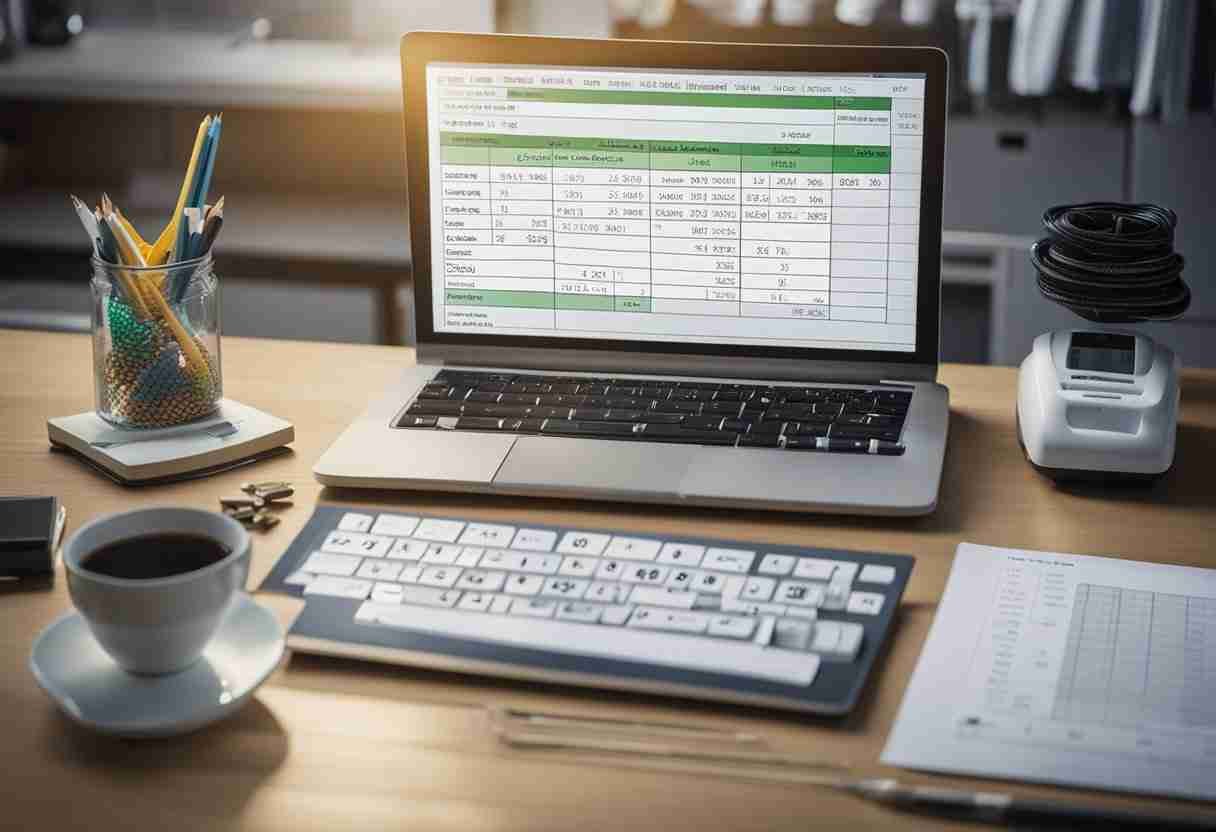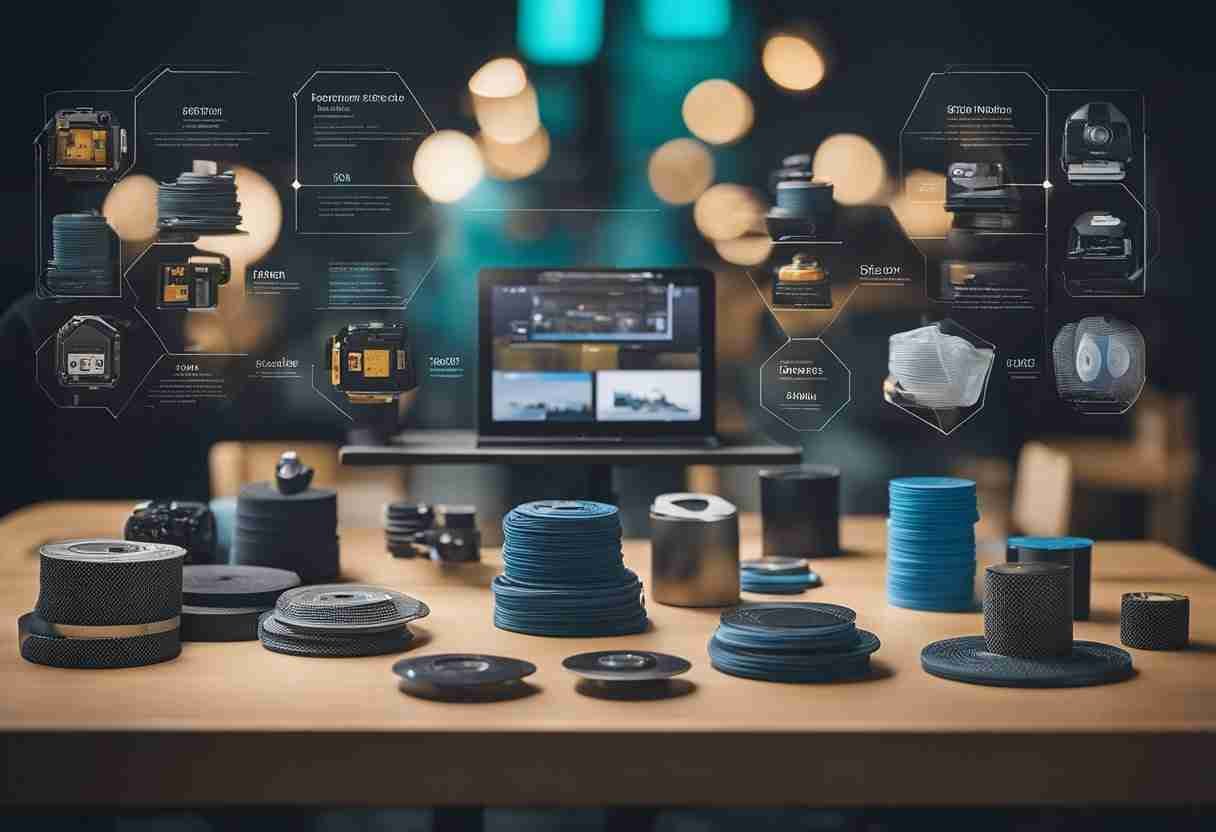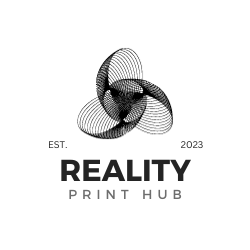The landscape of 3D printing materials has undergone a noteworthy transformation, impacting both hobbyists and professional manufacturing industries. 3D printing now allows for a wide range of materials, including plastic filaments, resins, and metal powders. The cost of these materials varies based on their type, quality, and printing technology. Standard plastics like ABS and PLA are more affordable and popular among casual enthusiasts.

In contrast, specialized materials like PEEK or metal powders are significantly more expensive but provide enhanced properties such as higher strength, temperature resistance, and durability, making them suitable for industrial applications. The cost of filaments and resins is often calculated per kilogram, while powders used in SLS (Selective Laser Sintering) or other powder-based 3D printing methods may have their costs assessed differently due to different market factors.
Understanding the cost dynamics of 3D printing materials is important for individuals and businesses as it affects the overall expenses of 3D printing projects. Parameters like material consumption, printer run time, and post-processing requirements contribute to the final cost. Innovations in 3D printing are continually bringing forth new materials, which may offer a better cost-to-performance ratio.
Overview of 3D Printing Materials
When exploring the realm of 3D printing, the selection of materials plays a pivotal role in determining the functionality and quality of the final product.
Common Material Types
Filament: One of the most common materials used in fused deposition modeling (FDM) printers. Conversely, the most commonly used filaments in 3D printing are thermoplastics such as ABS (Acrylonitrile Butadiene Styrene) or PLA (Polylactic Acid) due to their ease of use and consistency. For more specialized applications, PETG (Polyethylene Terephthalate Glycol), TPU (Thermoplastic Polyurethane), and Nylon filaments offer advanced properties - flexibility, durability, and heat resistance.
Resin: Resins are used in stereolithography (SLA) and digital light processing (DLP) printers to produce high-resolution prints. Standard hobbyist resins cost around $20/kg, while specialty, ceramic-infused resins reach up to $400/kg. Resins provide fine details for intricate models but require careful handling due to their liquid state and toxicity.
Powder: Selective laser sintering (SLS) and other powder-based printing processes commonly use PA-12 Nylon and PEEK. Powder-based materials cater to industrial applications as they offer exceptional strength and thermal properties. The cost for these powders typically falls between $150 and $250/kg.
Advantages of 3D Printing Materials
Materials are chosen not only for their print quality but also for their advantages in various applications.
- ABS: Offers structural strength and is suitable for items that will undergo stress or require higher temperature resistance.
- PLA: Biodegradable material. It is available in a variety of colors, making it an ideal choice for visual models and low-stress functional parts.
- PETG: Combines the benefits of ABS and PLA, providing both durability and ease of printing.
- TPU: Highly flexible and perfect for creating objects that need to bend or compress.
- Nylon: Recognized for toughness and resistance to wear and tear. It is an ideal material for functional parts subjected to mechanical forces.
The type of material should be chosen based on the required properties, such as strength, flexibility, or print detail. The variety of material options available allows for tailored solutions catering to diverse applications across numerous industries.
Cost Factors in 3D Printing
The cost of 3D printing varies depending on material selection, technology, and overhead costs. Understanding these factors can help with effectively managing and estimating overall printing expenses.
Material Costs
The choice of material directly impacts the overall cost of 3D printing. Filaments range from basic polylactic acid (PLA) to more advanced and expensive materials like PEEK or nylon. Standard hobbyist resin costs could start at around $20 per kilogram, while specialized types like ceramic resin may reach up to $400 per kilogram.
Printing Technology and Quality
The required quality of a print and the printing technology used are primary cost factors. Higher-resolution prints, which require more intricate details, can be costlier. Technologies like Selective Laser Sintering (SLS) or Digital Light Processing (DLP) might incur different costs due to their distinct operational methods and print quality outputs. Understanding the subtleties between different printing technologies becomes essential when considering both the quality needed and the budget constraints.
Labor and Overhead
Finally, labor and overhead costs can be substantial, especially in a professional 3D printing setting. Skilled technicians operate and maintain the printers and manage post-processing, which is reflected in the labor costs. Overhead includes the costs of facilities, equipment maintenance, and utilities necessary to keep the service operational. Expert advice suggests that discussing projects with application engineering teams can lead to more efficient cost management strategies.
Calculating 3D Printing Costs

To recap, the total cost of 3D printing involves more than just tallying the price of the material. It is essential to carefully calculate the precise quantity of materials needed for a print job and factor in the associated operational expenses.
Online Tools and Calculators
Several online resources offer 3D print cost calculators to streamline the estimation process. These tools typically require end users to input the type of material, volume, and print time. For example, the 3DAddict provides an integrated platform to assess the total and average costs of 3D prints. Meanwhile, the Omnicalculator simplifies the calculation of filament cost per foot by factoring in filament price and length per spool.
Estimating Material Usage
Calculating the amount of material needed for a 3D-printed object directly impacts the cost estimate. The volume of the 3D model and the density of the material determines how much material is needed. Precisely quantifying the material required allows for an accurate total cost assessment. Tom's Hardware illustrates the importance of choosing the right 3D printing material and its impact on printing costs and the desired properties of the printed object.
By employing these techniques and resources, end users can obtain a reliable estimate of the total anticipated costs for a 3D printing project.
Comparison with Traditional Manufacturing

When assessing 3D printing costs, it's essential to understand how they compare to traditional manufacturing methods. This comparison will consider cost efficiency and the implications for production time and complexity.
Cost Efficiency
3D printing services often exhibit a flat rate per unit, meaning the cost doesn't scale dramatically with the number of items produced. This differs significantly from injection molding and CNC machining methods, where initial setup and tooling costs contribute to a higher upfront expense. However, once these traditional methods are set up for mass production, the cost per unit decreases, making them more economical for larger batches.
- 3D Printing: Costs are generally consistent per unit, which is advantageous for small runs.
- Injection Molding: Substantial initial costs, cost-efficient at large scales.
- CNC Machining: High precision at a higher unit cost, better for complex parts.
Production Time and Complexity
3D printing offers a distinct advantage in reducing the production time for complex parts, as it typically has no need for special tooling or setup. Traditional manufacturing methods like injection molding and CNC machining usually involve longer lead times due, in part, to the production of molds or the setup of machining processes.
- 3D Printing: Minimal setup required, faster production of complex parts.
- Injection Molding: Time-intensive upfront for mold creation.
- CNC Machining: Varied timeframes; complexity increases setup time.
Economics of Running a 3D Printing Business

Running a 3D printing business requires careful financial planning to manage the high initial costs and ongoing expenses. Profitability depends on the equilibrium between pricing strategies and operational overhead.
Profit Margins and Pricing Strategy
A 3D printing business must establish profit margins that make the endeavor sustainable. Setting prices involves considering the cost of materials and the market's willingness to pay for 3D-printed products. It’s crucial to factor in the cost of 3D printing materials, which can vary significantly based on the type of printer and materials used. A printing service can strategically position its offerings by analyzing competitors' prices and customer value perception.
Maintenance and Operational Costs
Maintenance costs are an integral part of a 3D printing business, encompassing the regular servicing of printers and the replacement of worn-out components. Printer efficiency and longevity affect overall operational costs, which also include utilities and labor. A stringent maintenance schedule minimizes downtime and ensures a consistent printing service. Regularly reviewing these expenses is essential for the long-term financial health of the business.
Advanced Materials and Their Costs

The arena of 3D printing materials has expanded to include advanced options that cater to specialized applications. High-performance polymers, metals, and composite materials stand out due to their superior qualities and, consequently, their premium pricing.
High-Performance Polymers
PEEK and ULTEM are prime examples of high-performance polymers used in 3D printing. PEEK is favored for its high thermal stability, mechanical strength, and chemical resistance, which makes it ideal for demanding engineering applications. Prices for PEEK can vary significantly, starting at $150 per kilogram and going up to several hundred dollars, depending on the grade and supplier.
ULTEM, or PEI (polyetherimide), exhibits similar high-performance properties and is utilized in the aerospace and medical industries. ULTEM typically costs around $100 per kilogram but can increase based on advanced grades and proprietary blends that offer enhanced characteristics.
Metals and Composite Materials
Moving to metals, Direct Metal Laser Sintering (DMLS) enables the creation of complex metallic parts. Materials for DMLS often include stainless steel, titanium, and aluminum. Prices for these metals in powdered form usually fall into the high end, with stainless steel costing upwards of $50 per kilogram and titanium commanding prices above $200 per kilogram.
Carbon fiber composites are esteemed for their strength-to-weight ratio and are often combined with other plastics to enhance structural integrity. The inclusion of carbon fiber adds to the complexity and cost, making it an expensive material option in the 3D printing industry. It's not uncommon for carbon fiber-reinforced filaments to cost around $90 to $200 per kilogram, reflecting their position as an advanced material choice for industrial applications.
3D Printing for Custom Parts
3D printing has revolutionized manufacturing custom parts and end-use components by offering a versatile production method. This section discusses how this technology enhances customization while reducing lead times, and its impact on the costs associated with functional parts.
Customization and Lead Time
One of 3D printing's key strengths is the ability to create custom parts. Engineers and designers can rapidly iterate complex designs without the constraints of traditional manufacturing techniques. Components with intricate geometries can be produced with high accuracy, often within a fraction of the time required for other manufacturing processes.
- Lead time reduction: 3D printing processes can shorten the time from design to final product, especially for low-volume or bespoke items.
- Complex parts: With 3D printing, the complexity of a part does not necessarily increase the production time or cost, allowing for the creation of complex, customized designs with greater ease.
Cost-Effectiveness for Functional Parts
3D printing can be a cost-effective solution for functional parts, particularly in low-volume production. The absence of tooling costs and the efficient use of materials help to keep expenses lower than traditional manufacturing methods.
- End-use parts: 3D printed parts are increasingly used as functional components that meet specific mechanical and thermal requirements.
- Functional parts: As the technology and materials improve, the viability of 3D printing for parts that were once exclusively machined or cast continues to grow.
By focusing on specific applications, like producing functional prototypes or end-user products directly from the printer, companies can often justify the initial costs of 3D printing through overall savings in materials, labor, and time to market.
Future Trends and Cost Implications in 3D Printing
In recent years, advancements in 3D printing technology have broadened its range of applications and affected material costs. Industry surveys predict continued growth and innovation, which will impact market dynamics and pricing.
Material Innovation
The 3D printing landscape has experienced significant material innovation. A key aspect has been the development of specialized filaments aimed at reducing costs while enhancing physical properties. With industries from aerospace to healthcare adopting these materials, the cost of supplies has become an intense focus. Companies are investing in more sustainable and cost-effective materials, such as biodegradable plastics and metals, to reduce expenses and appeal to environmentally conscious consumers.
- Recent Innovations:
- Biodegradable Plastics: Less environmental impact and potential for reduced long-term costs.
- Lightweight Metals: Higher efficiency in industries like aerospace, with possible future cost reduction.
Market Predictions and Surveys
Market predictions indicate a favorable outlook for 3D printing, influenced by increasing adoption across various sectors. According to recent surveys, there is a positive trend in the utilization of 3D printers, with an emphasis on consumable consumption reflecting a potential surge in future hardware demand. The expected market recovery within the next 18-24 months highlights the growing economic scale of 3D printing, which could lead to lowered costs through mass production and improved supply chains.
- Key Survey Findings:
- Increased Parts Production: A vast majority of respondents reported higher parts production, signaling robust industry health.
- Consumer Demand: Shifting consumer demand towards customization and rapid prototyping could drive material costs down over time due to scale efficiency.
